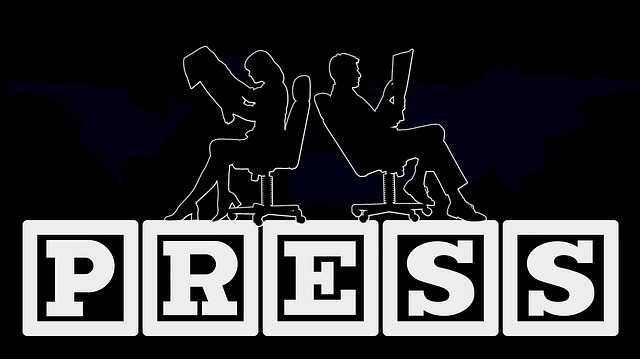Print marketing is NOT dead. It’s still a viable option for your small business if you know how to use it right. With so much digital marketing mixed into most businesses’ efforts today, your business has a good chance of standing out by using print marketing, as so few people still feel the need to invest in it. However, just like any kind of marketing tactic, you have to leverage print marketing correctly, and effectively weave it into your overall marketing efforts.
Business cards are still important
While there are many ways for businesses to connect with potential clients and other business professionals, business cards are still an important business tool. First of all, giving someone your business card is a much more personal gesture than digital outreach via LinkedIn, or even sending an email. While those outreach options are important, the business card is still the one tool that remains personal. It can provide that first impression of your business and who you are. A business card is a physical object that a potential prospect leaves the encounter with. Your brand stays with them. And yes, many business cards ultimately get tossed after being entered into a database, but many times they are not, and in fact get passed along to other people. Don’t overlook this simple but important print marketing tool.
Direct mail campaigns are effective

You say that no one mails anything anymore, and for the most part, you’re correct. Which means it’s a great way to stand out from your competition! Why do the same thing all your competitors do, when you can make a small investment and be different? The key is to do direct mail campaigns efficiently and effectively. Here are a few tips to make that happen:
- Establish a baseline so you have something to measure from – this is small business marketing strategy 101 but is worth mentioning again. Understand where your leads are coming from now and how much it costs to acquire a lead (CPA). Then, when you complete a direct mail campaign, you can understand your costs and how that compares to CPA from other marketing sources.
- Start small to get a good sampling – if this is your first time doing direct mail, start small so you can get a baseline sampling of what works and what doesn’t. Perhaps pick a targeted demographic, or start by marketing a specific product or service in particular.
- Integrate social media with print – just because you’re sending print doesn’t mean you shouldn’t incorporate social media. If you have social media channels, include them in your direct mailer to make sure you are connecting with customers on their terms.
- Give them a reason to hang on to the mail piece – of course, you want to promote your business on the mailer, but what if the recipient isn’t yet ready to buy? Most will just toss the piece UNLESS you give them a reason to hang on to it. There was a time that marketers printed a calendar on one side, and advertising on the other. That might still work, but think about what information, tips, guidelines, tricks, etc. you could put on one side of the mailer to make it valuable. A recipe? A top 10 list? Five most important things to know? Get into the mind of your prospect and give them something they’ll find valuable to hang on to; just be sure it’s related to your business, as you still want to come across as a subject matter expert.
Signage, banners and flyers make you stand out
This is especially true if you’re working a trade show. There are basically three stages of engagement from a conference attendee with your booth. They see you from across the room from a banner you have, and it draws them near the table. They get closer to your booth or table but are not yet ready to engage; this is where signage is very effective. Third, when they’re ready to walk up to your booth, you can have flyers or other print collateral that provides them information about who you are and what your value is to them. As with any kind of print piece, be sure to keep track of costs for these kinds of print marketing in your marketing budget so you can measure the ROI over time.
Every small business needs to make their marketing efforts to be as effective as possible. When part of a larger strategy, print marketing can be very effective for small businesses.
- Marketing Tactics That Your Small Business Can Do for Free - January 10, 2024
- How to Create Images for Your Small Business Website - December 6, 2023
- How Small Businesses Benefit from Referrals - November 6, 2023



Leave A Comment
You must be logged in to post a comment.